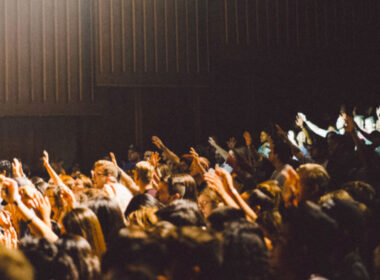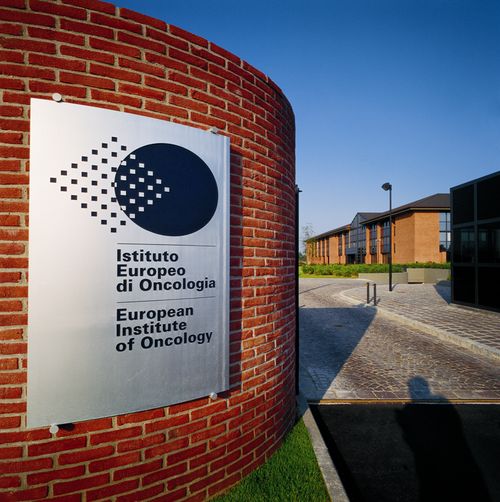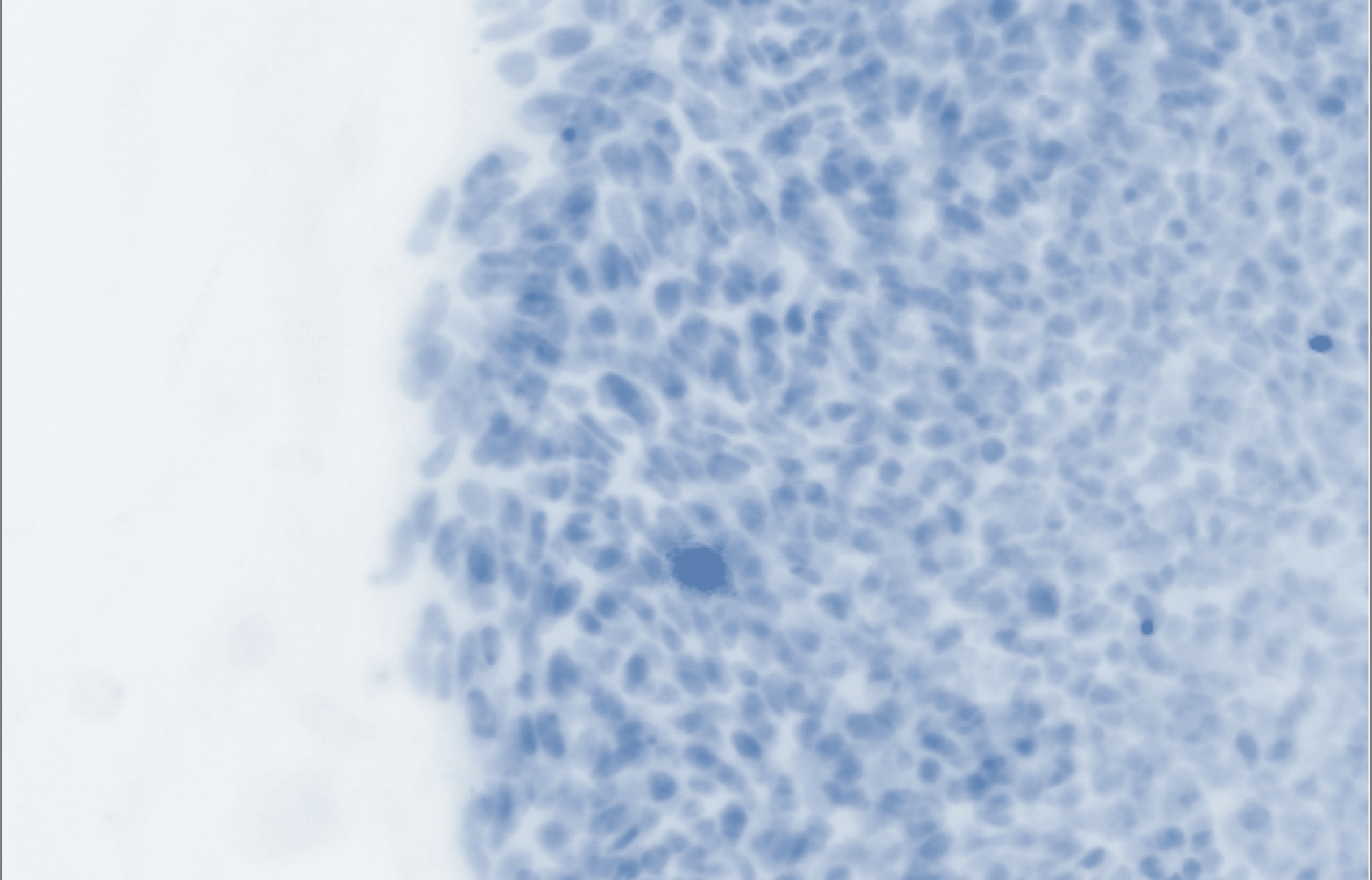Paola Bonfanti, Stéphanie Claudinot, Alessandro W. Amici, Alison Farley, C. Clare Blackburn & Yann Barrandon
Nature Volume: 466, Pages: 978–982 Date published: 19 August 2010
The thymus serves a variety of functions in the adaptive immune system, including, through the thymic epithelial cells, the production of the self-tolerant thymocytes that develop into T lymphocytes. It has been widely assumed that the thymus contains only progenitor epithelial cells, with a limited repertoire of cell types. But work on rat thymic epithelial cells in cultures shows that, if exposed to the skin microenvironment, they can be reprogrammed to adopt the fate of hair-follicle multipotent stem cells. These cells can be cloned and extensively cultured, properties that are relevant to the possible growth of human thymic epithelial cells and potential clinical applications.











